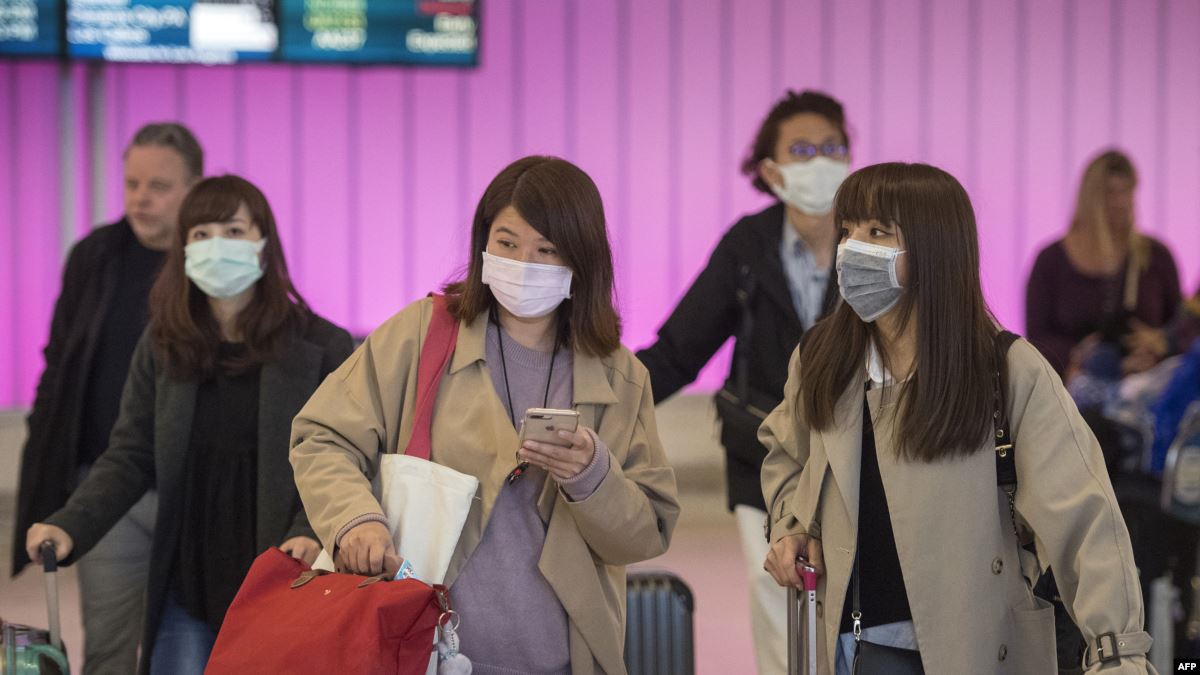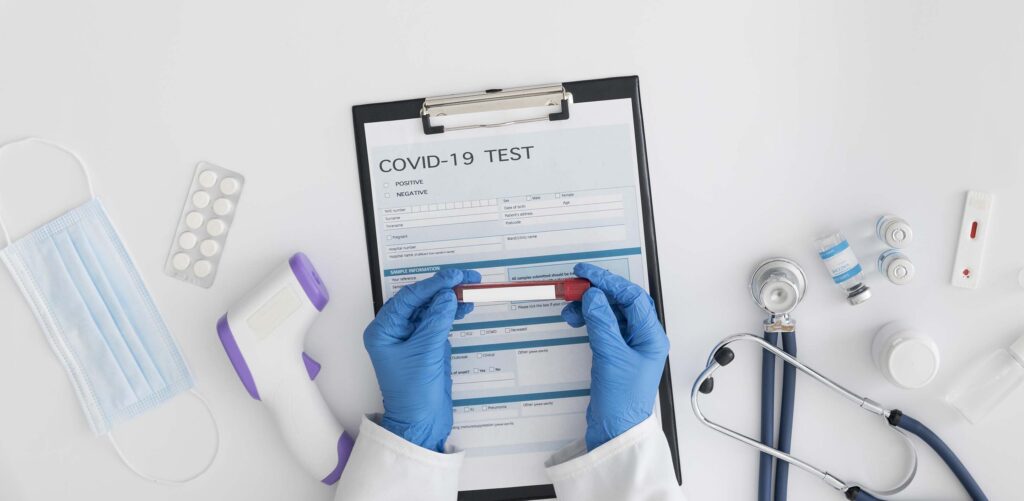
As the coronavirus that causes the COVID-19 disease spreads across the world, the IAEA, in partnership with the Food and Agriculture Organization of the United Nations (FAO), is offering its support and expertise to help countries use real time reverse transcription–polymerase chain reaction (real time RT–PCR), one of the fastest and most accurate laboratory methods for detecting, tracking and studying the COVID-19 virus.
But what is real time RT–PCR? How does it work? How is it different from PCR? And what does this have to do with nuclear technology? Here’s a handy overview of the technique, how it works and a few refresher details on viruses and genetics.
What is real time RT–PCR?
Real time RT–PCR is a nuclear-derived method for detecting the presence of specific genetic material in any pathogen, including a virus. Originally, the method used radioactive isotope markers to detect targeted genetic materials, but subsequent refining has led to the replacement of isotopic labelling with special markers, most frequently fluorescent dyes. This technique allows scientists to see the results almost immediately while the process is still ongoing, whereas conventional RT–PCR only provides results at the end of the process.
Real time RT–PCR is one of the most widely used laboratory methods for detecting the COVID-19 virus. While many countries have used real time RT–PCR for diagnosing other diseases, such as the Ebola virus and Zika virus, many need support in adapting this method for the COVID-19 virus, as well as in increasing their national testing capacities.
What is a virus? What is genetic material?
A virus is a microscopic package of genetic material surrounded by a molecular envelope. This genetic material can be either deoxyribonucleic acid (DNA) or ribonucleic acid (RNA).
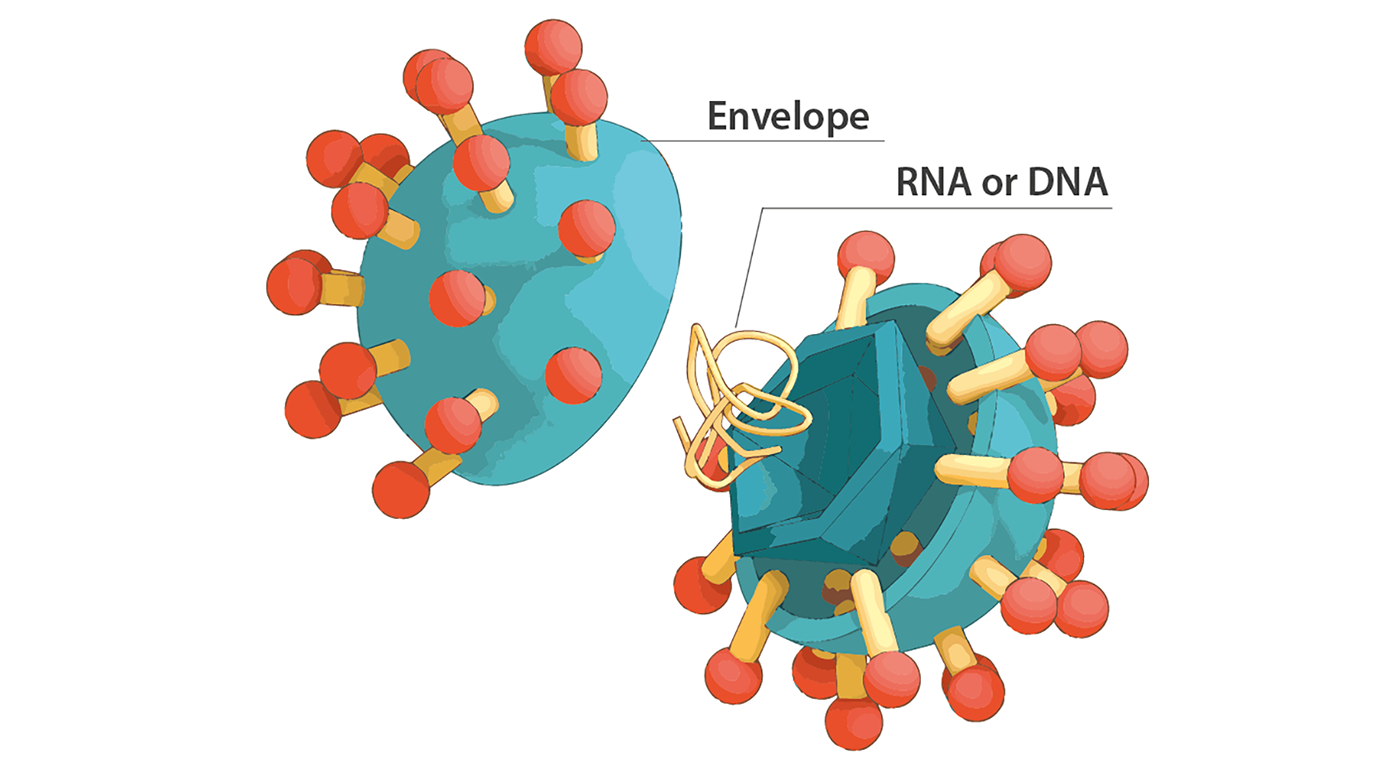
DNA is a two-strand molecule that is found in all organisms, such as animals, plants and viruses, and which holds the genetic code, or blueprint, for how these organisms are made and develop.
RNA is generally a one-strand molecule that copies, transcribes and transmits parts of the genetic code to proteins so that they can synthetize and carry out functions that keep organisms alive and developing. Different variations of RNA are responsible for copying, transcribing and transmitting.
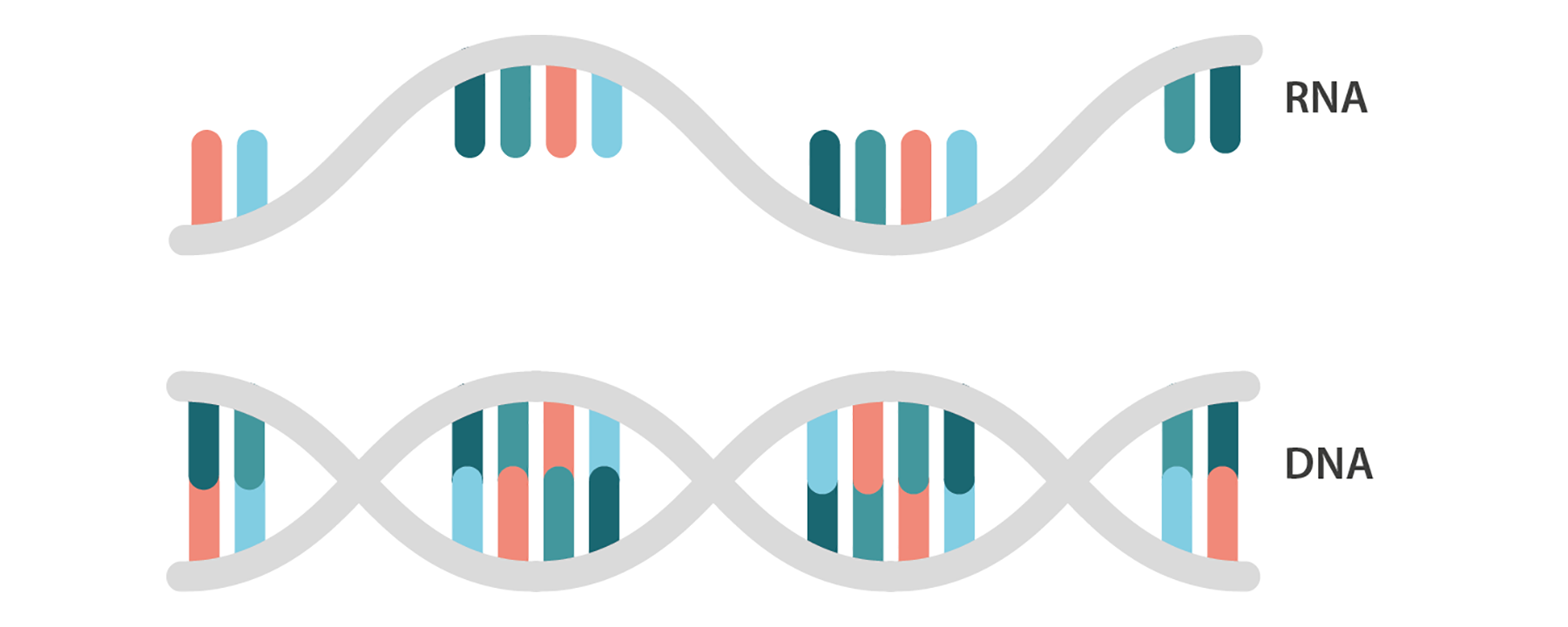
Some viruses such as the SARS-CoV-2 coronavirus, which causes COVID-19, only contain RNA, which means that they rely on infiltrating healthy cells to multiply and survive. Once inside the cell, the virus uses its own genetic code — RNA in the case of the COVID-19 virus — to take control of and ‘reprogramme’ the cells, turning them into virus-making factories.
In order for a virus like the COVID-19 virus to be detected early in the body using real time RT–PCR, scientists need to convert the RNA to DNA. This is a process called ‘reverse transcription’. They do this because only DNA can be copied — or amplified — which is a key part of the real time RT–PCR process for detecting viruses.
Scientists amplify a specific part of the transcribed viral DNA hundreds of thousands of times. Amplification is important so that, instead of trying to spot a minuscule amount of the virus among millions of strands of genetic information, scientists have a large enough quantity of the target sections of viral DNA to accurately confirm that the virus is present.
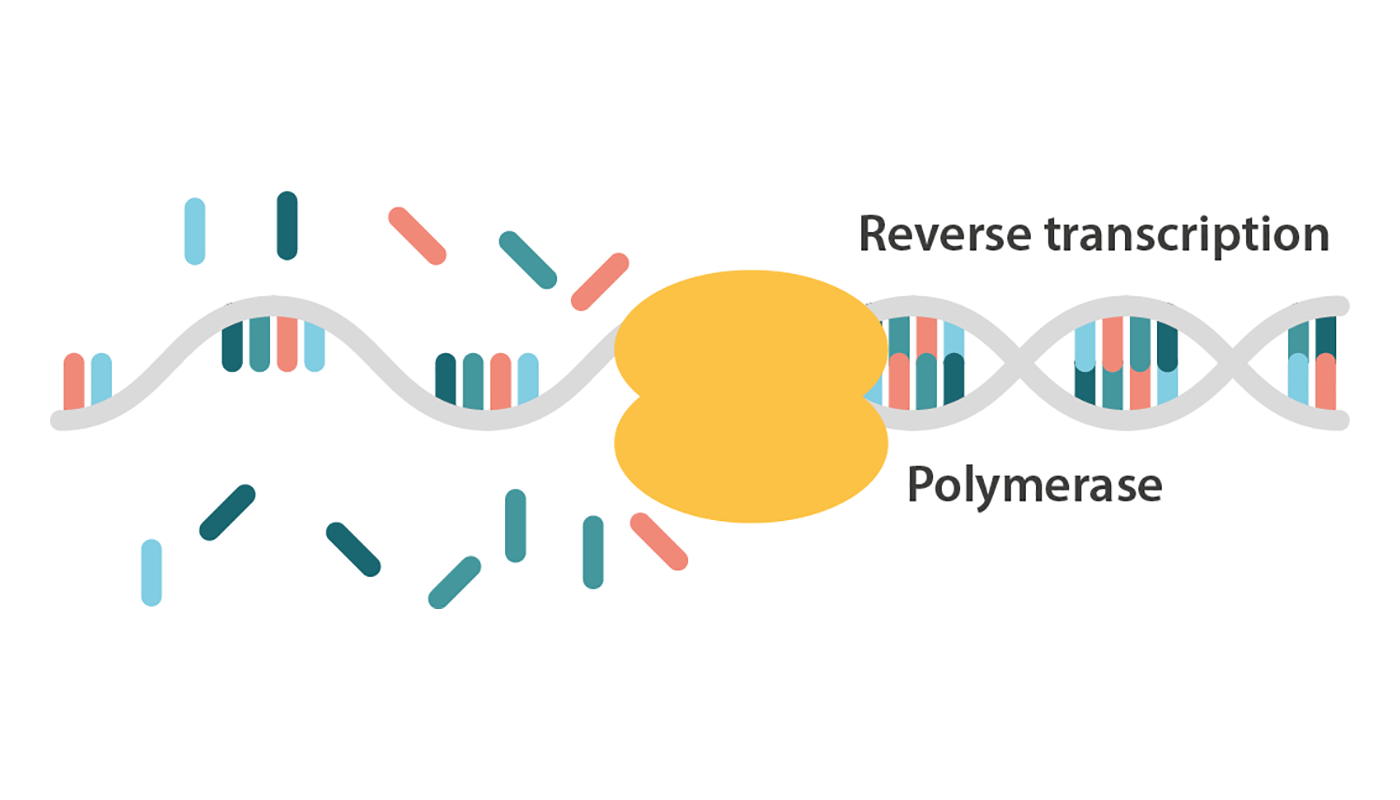
How does real time RT–PCR work with the COVID-19 virus?
A sample is collected from the parts of the body where the COVID-19 virus gathers, such as a person’s nose or throat. The sample is treated with several chemical solutions that remove substances such as proteins and fats and that extract only the RNA present in the sample. This extracted RNA is a mix of the person’s own genetic material and, if present, the virus’ RNA.
The RNA is reverse transcribed to DNA using a specific enzyme. Scientists then add additional short fragments of DNA that are complementary to specific parts of the transcribed viral DNA. If the virus is present in a sample, these fragments attach themselves to target sections of the viral DNA. Some of the added genetic fragments are used for building DNA strands during amplification, while the others are used for building the DNA and adding marker labels to the strands, which are then used to detect the virus.
The mixture is then placed in an RT–PCR machine. The machine cycles through temperatures that heat and cool the mixture to trigger specific chemical reactions that create new, identical copies of the target sections of viral DNA. The cycle is repeated over and over to continue copying the target sections of viral DNA. Each cycle doubles the previous number: two copies become four, four copies become eight, and so on. A standard real time RT–PCR set-up usually goes through 35 cycles, which means that, by the end of the process, around 35 billion new copies of the sections of viral DNA are created from each strand of the virus present in the sample.
As new copies of the viral DNA sections are built, the marker labels attach to the DNA strands and then release a fluorescent dye, which is measured by the machine’s computer and presented in real time on the screen. The computer tracks the amount of fluorescence in the sample after each cycle. When a certain level of fluorescence is surpassed, this confirms that the virus is present. Scientists also monitor how many cycles it takes to reach this level in order to estimate the severity of the infection: the fewer the cycles, the more severe the viral infection is.
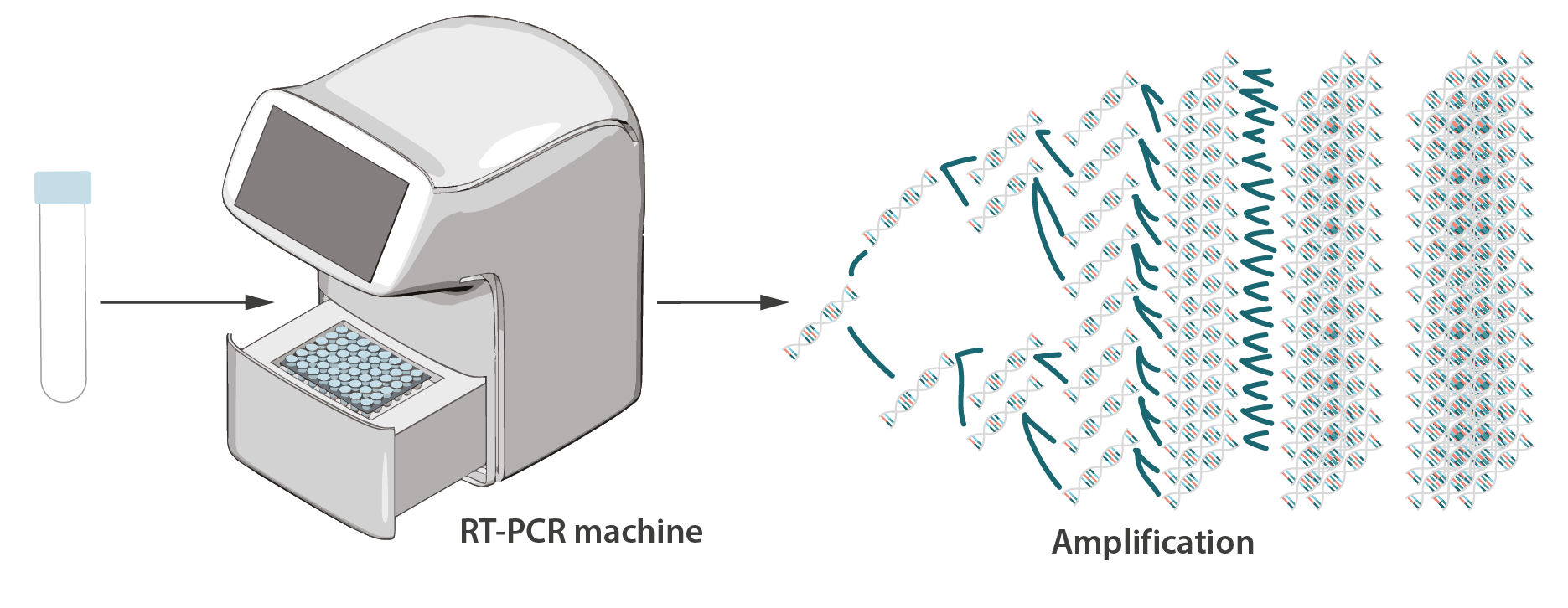
Why use real time RT–PCR?
The real time RT–PCR technique is highly sensitive and specific and can deliver a reliable diagnosis in as little as three hours, though laboratories take on average between six and eight hours. Compared to other available virus isolation methods, real time RT–PCR is significantly faster and has a lower potential for contamination or errors, as the entire process can be carried out within a closed tube. It continues to be the most accurate method available for the detection of the COVID-19 virus.
However, real time RT–PCR cannot be used to detect past infections, which is important for understanding the development and spread of the virus, as viruses are only present in the body for a specific window of time. Other methods are necessary to detect, track and study past infections, particularly those which may have developed and spread without symptoms.
What is PCR and how is it different from real time RT–PCR?
RT–PCR is a variation of PCR, or polymerase chain reaction. The two techniques use the same process except that RT–PCR has an added step of reverse transcription of RNA to DNA, or RT, to allow for amplification. This means PCR is used for pathogens, such as viruses and bacteria, that already contain DNA for amplification, while RT–PCR is used for those containing RNA that needs to be transcribed to DNA for amplification. Both techniques can be performed in ‘real time’, which means results are visible almost immediately, while when used ‘conventionally’, results are only visible at the end of the reaction.
PCR is one of the most widely used diagnostic tests for detecting pathogens, including viruses, that cause diseases such as Ebola, African swine fever and foot-and-mouth disease. Since the COVID-19 virus only contains RNA, real time or conventional RT–PCR is used to detect it.
Tag : Doctor Karon Clinic, Clinic, Phuket, Patong, Karon, Doctor
Contact Via Phone : +66 (0) 64-402-2666
Book online : Click here to go to booking section
Our Location : Direction to our Clinic


